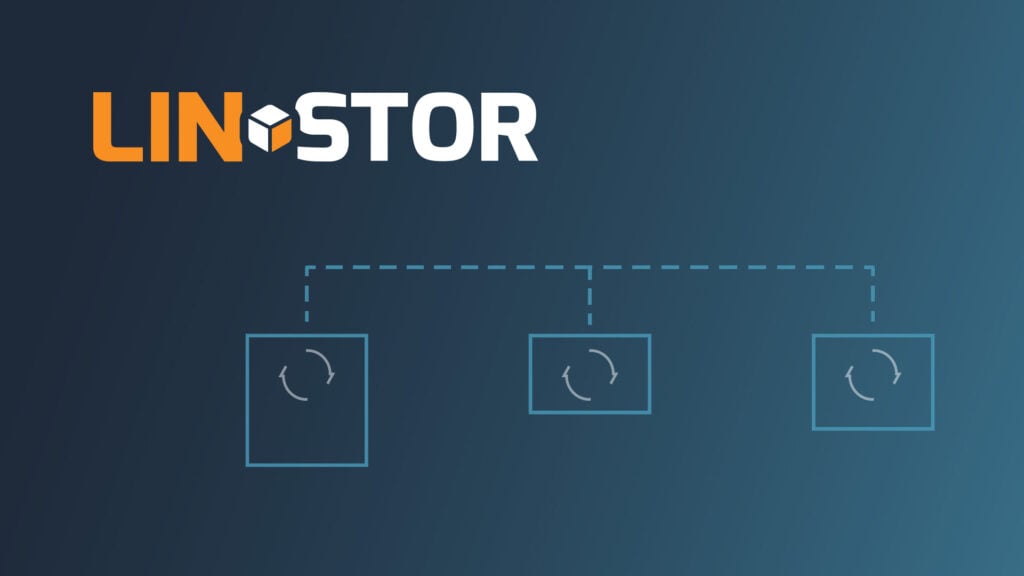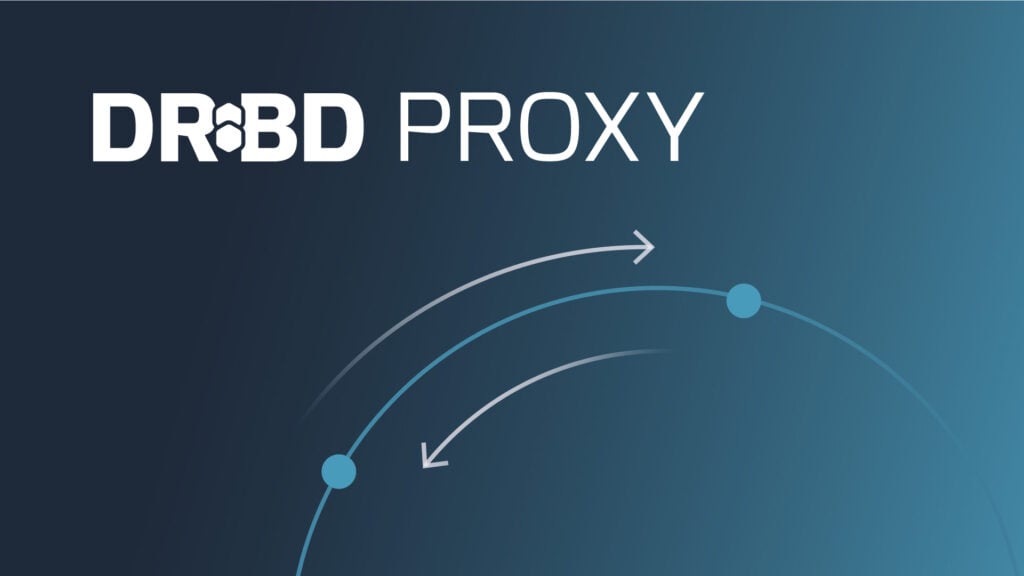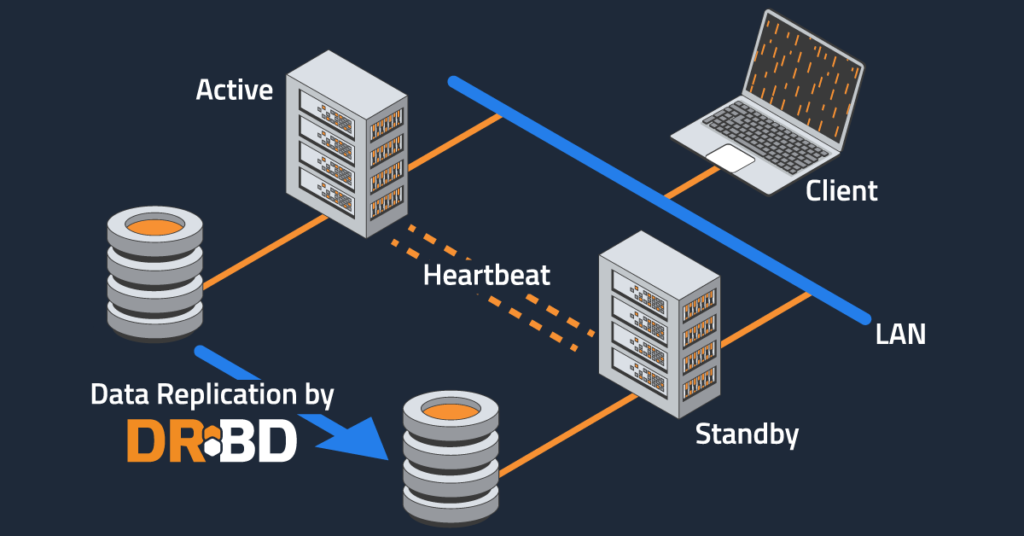DRBD Client (Diskless Mode) Performance

Introduction This blog post will examine the performance of DRBD® in diskless mode. DRBD version 9.0 introduced a feature that is now used in nearly all LINSTOR® integrated clusters: DRBD diskless attachment, otherwise known as DRBD clients. With this feature, you can have a DRBD node which has no local replica itself. Essentially, the client node […]
Bringing a LINSTOR Driver to Incus

In my last newsletter, I mentioned the growing burden of maintaining all the integrations for LINSTOR with various workload orchestrators. When the open-source community creates an integration driver, that not only takes that burden off my team but also implies that the community perceives LINSTOR as an accepted open-source storage solution. Incus is a workload […]
Exploring LINBIT Software Relationships for Building Resilient, Scalable, & Integrated Data Storage Solutions

LINBIT® has been a player in the world of highly available storage and data replication since 2001. At the heart of the LINBIT software ecosystem are DRBD® and LINSTOR®, two technologies that provide a foundation for building resilient, scalable, and integrated storage solutions. What makes LINBIT storage software truly powerful and unique is flexibility. I […]
Documenting a LINSTOR Automatic Resource Placement Feature: Ensuring a Number of Resources on Nodes of a Different Type

In this article, I will explore the LINSTOR® –x-replicas-on-different feature, and my efforts to document the feature for the LINSTOR User Guide. This was an incredible journey. An alternative title to this article might have been “Documentation Adventures in LINSTOR-land”. The –x-replicas-on-different feature, introduced with LINSTOR server version 1.28.0 and LINSTOR client version 1.23.0, expands on the automatic resource placement […]
The Time of Hardware RAID Controllers is Over

We recently received a support request from a user who believed that DRBD was causing high I/O latency. We quickly determined that DRBD was not to blame. The customer relied on his favorite hardware vendor for hardware raid controllers on his servers. This particular big-brand hardware raid controller presents the RAID volume as a SCSI […]
Introducing DRBD Proxy version 4

In January 2025, LINBIT® quietly released DRBD Proxy version 4 (or, DRBD Proxy v4, for short). For those who are not familiar with DRBD Proxy, it is a transparent proxy for DRBD® connections that buffers and compresses replicated data between DRBD hosts. It is often used by LINBIT customers who need to replicate their DRBD […]
Upcoming Events & Conferences

I would like to use this newsletter edition to focus on a few upcoming events and conferences. Events have always been important to LINBIT, as I’m sure they are for many companies and people across the open source community, and we have some news to share. Coming up first on March 6-9, LINBIT will be […]
A New Iteration of DRBD-Proxy

The headline in this newsletter edition is that we have finished a new iteration of our DRBD-Proxy product. DRBD-Proxy is an optional component that enables you to run DRBD smoothly over connections with variable bandwidth. It achieves this by providing buffering and compression. DRBD Proxy is typically part of a disaster recovery solution. Version 4 […]
Shared-Nothing High-Availability Architecture with DRBD

You have likely been reading about high availability (HA) everywhere and all the time, which is perhaps fitting for its name. This post will briefly talk about how DRBD® and a complimentary cluster resource manager, such as DRBD Reactor, can help you create a shared-nothing HA cluster. The primary reason that you might want create a shared-nothing […]
Creating OpenShift Persistent Storage with HA & DR Capability by Using LINSTOR

Perhaps storage is not the first thought you have when thinking about adopting a container orchestration solution, such as OpenShift Container Platform. However, if the applications that you might run in containers are stateful, storage is an aspect that you will need to consider at some point. If you have containerized or virtualized applications that […]